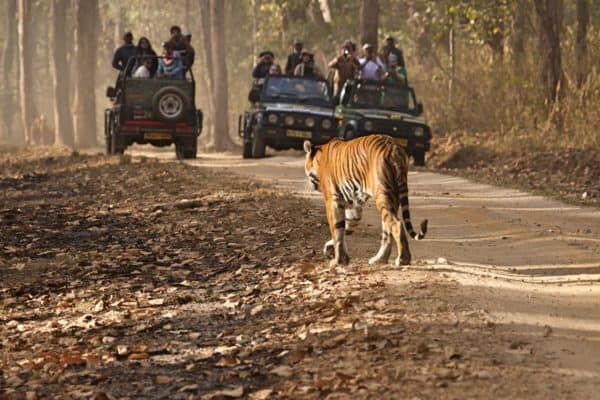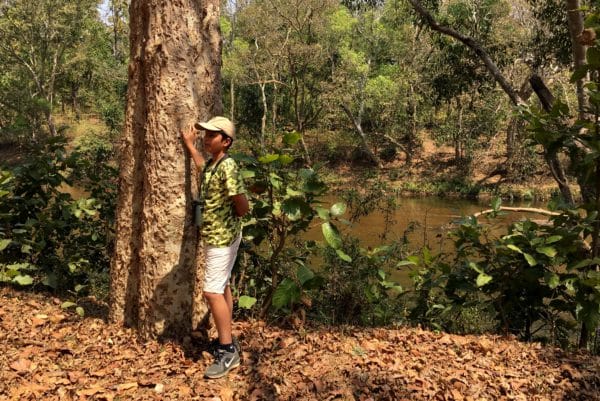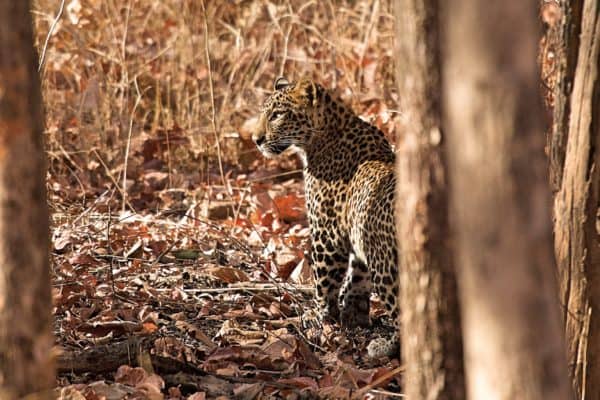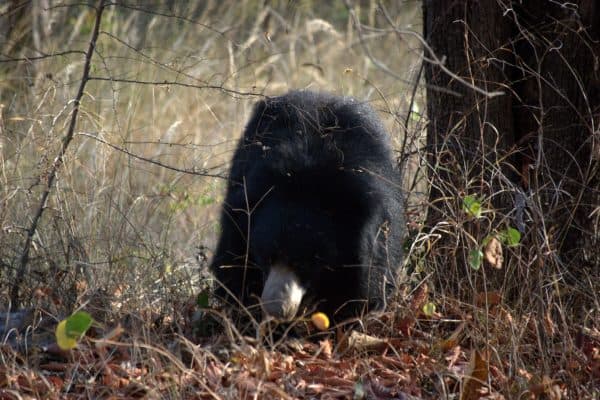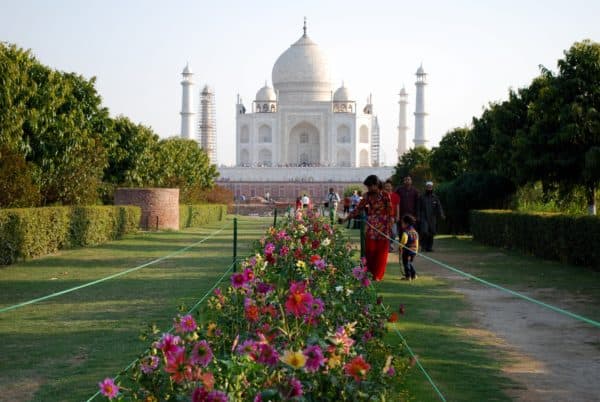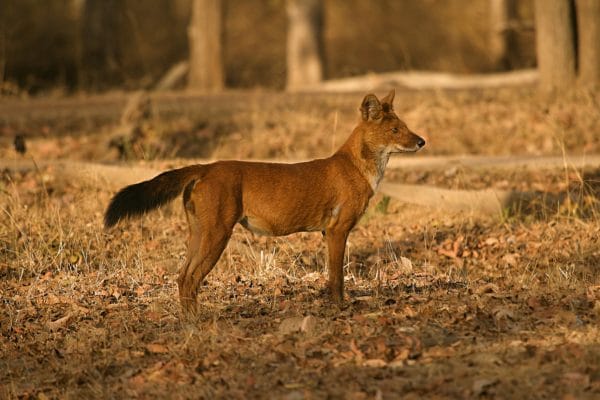An India Wildlife Safari Group Trip Reveals the Careful Planning of Responsible Tourism and Future Global Challenges of Conservation.
It is no surprise that when renowned photojournalist, Steve McCurry was tasked with filming the final roll of Kodachrome, he chose to return to India. India is to travel what Kodachrome is to photography—ultra-sensory, resonant, and layered with context. It is a vibrant example of our shared humanity, the ingenuity of our species, and the challenges we face as a planet. India is a blend of ancient traditions persisting within a modernizing world and stunning natural beauty competing with some of the world’s largest cities. This dynamic rivalry is also a sign of the future for wildlife rich regions world-wide as population growth continues to compete with wilderness. The Wild Source launched the second India wildlife safari group tour, Kingdom of the Tiger, in March where we witnessed these dualities as well as the critical role that well-conceived, well-planned, and well-managed wildlife tourism plays in conservation.
Protecting the Apex Predator
After a century of decline to the brink of extinction, tiger numbers are again on the rise with over 3200 bengals living in the wild in India and Nepal (2016 census) with much thanks to the growing popularity of India wildlife safaris and careful conservation efforts of programs such as NTCA, TOFT Tigers, WWF, and more. These magnificent apex predators require expansive wilderness to meet their territorial needs. Habitat loss, poaching, and retaliatory killings are their greatest threats, but we find in India a progressive wildlife conservation policy: wildlife corridors between national parks that allow tigers to expand their mating options to ensure genetic vitality. Buffer zones surround the parks where mixed-use offers community benefits and tourism flexibility, and programs such as Sponsor a Village Guardian provide villages with better resources to coexist with these predators. In a country where real estate is at a premium, they are taking major strides to protect the genetic diversity of their tigers. Further magnifying the efforts, by protecting tigers the ecosystem as a whole is healthier, and the adage of, “if it pays, it stays,” is clear: This year the Madhya Pradesh province earned more revenue from tourism (over $3.4 M this year in visitor fees) than they are receiving in state funds. Where countries in Africa are beginning to experience the pressures of a growing population, India wildlife safaris and conservation efforts serve as a case study for an inevitable global burden.
India Wildlife Safaris as a Tool for Conservation
For our group trip, we chose to highlight three national parks: Kanha, Pench, and Satpura. While selected for their comprehensive display of Madhya Pradesh’s unique wildlife from tigers to wild dogs to sloth bears, they also offer a greater flexibility on safari and breathing room from the ever busier tiger-centric reserves. They serve as critical connecting points for wildlife corridors where tourism activities are supporting the conservation efforts through photographic safari, community outreach, and sustainable job opportunities. While you can find all of the pictures from our trip here, here are some of the vivid moments that brought these concepts full circle:
